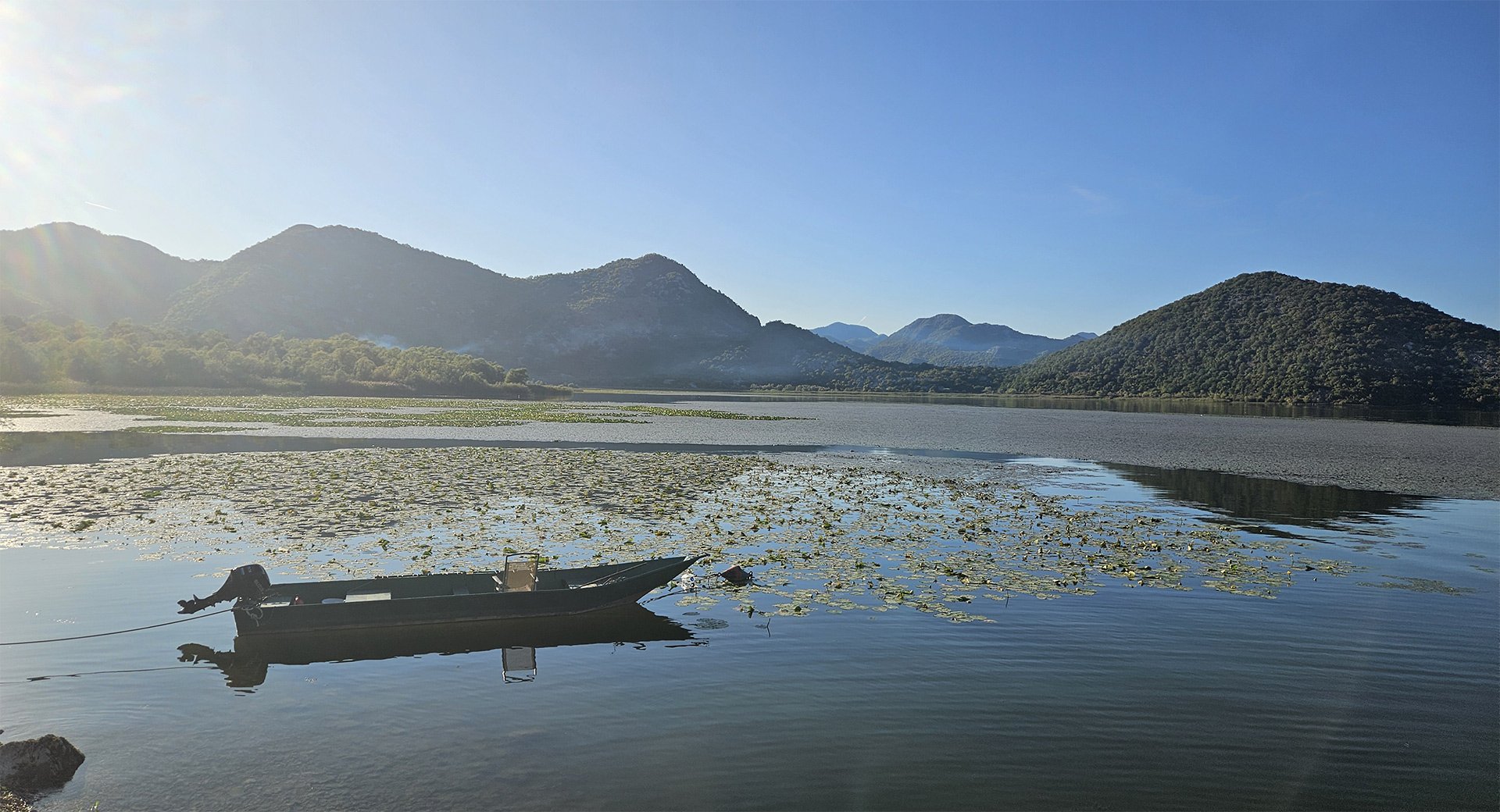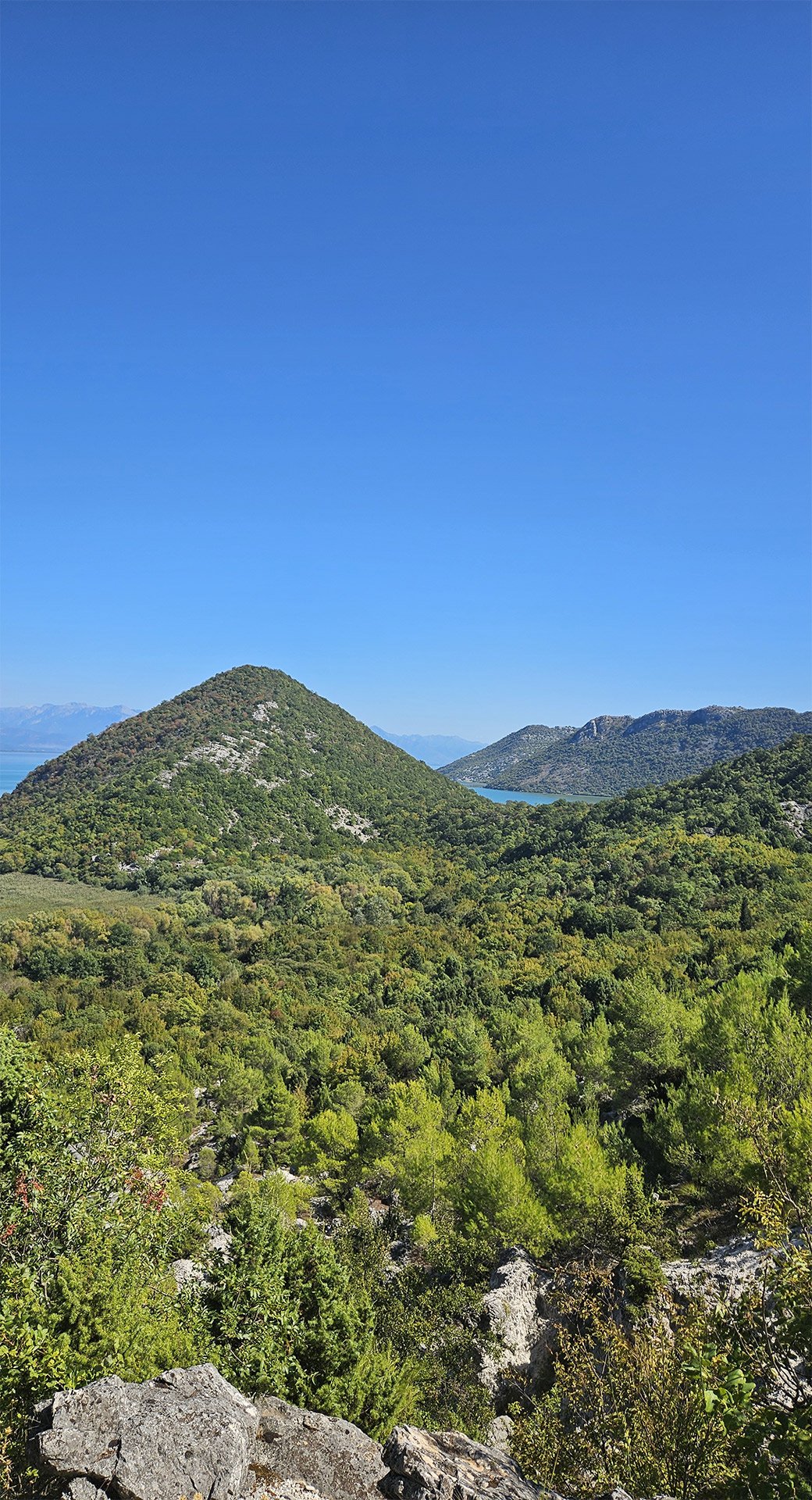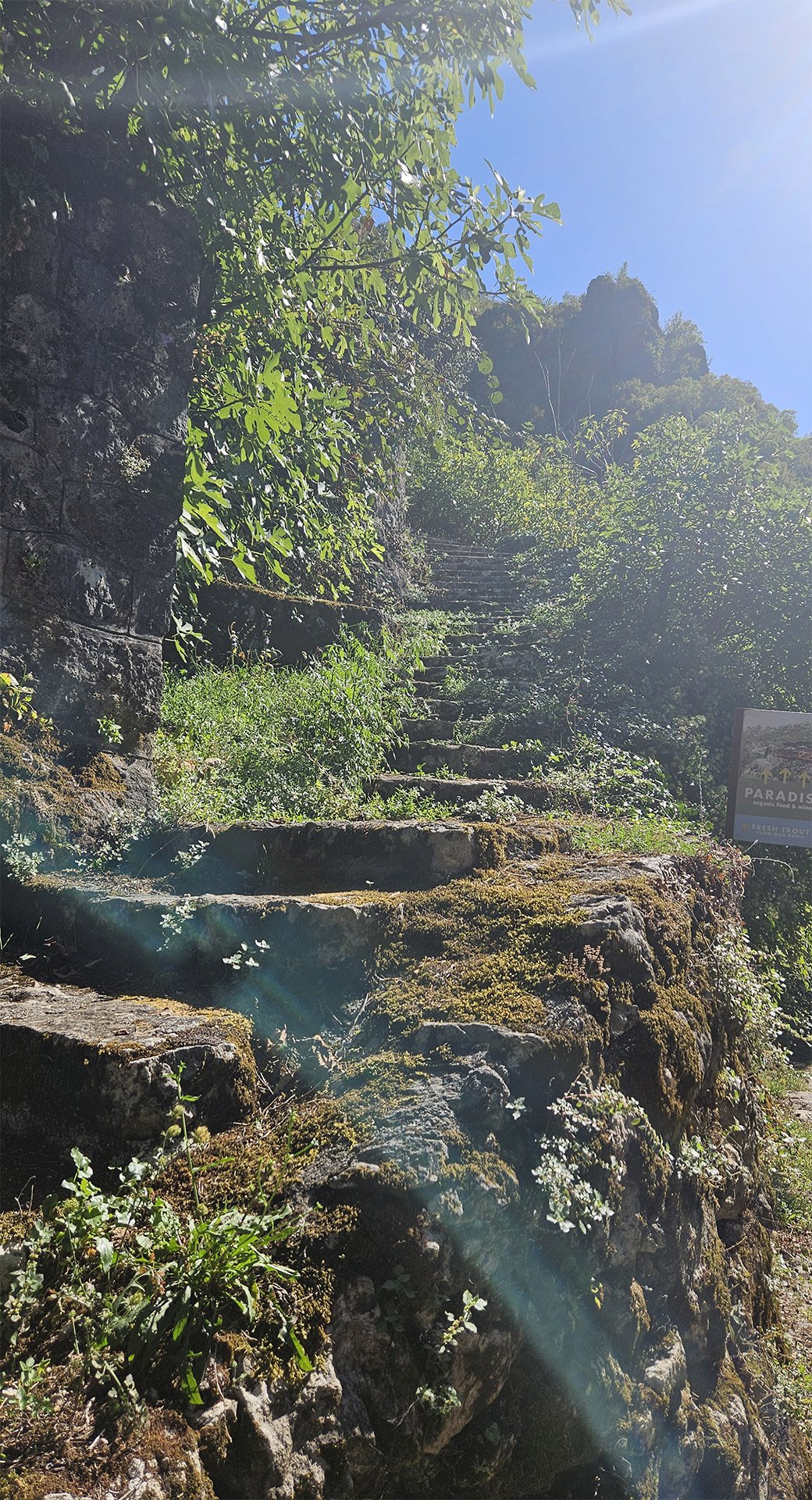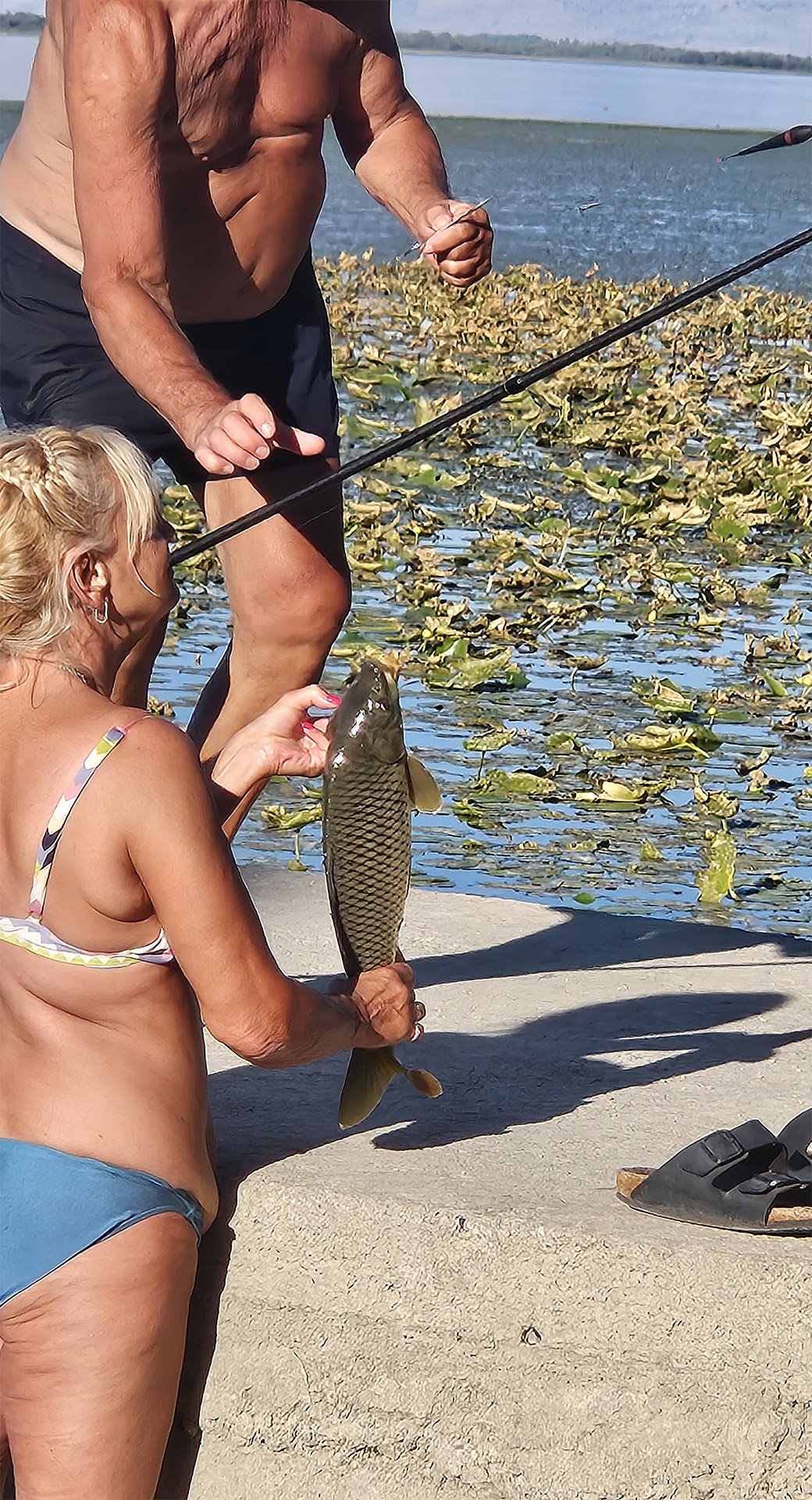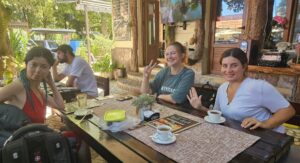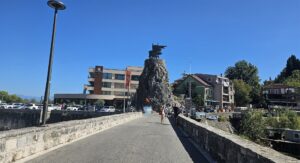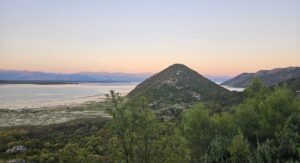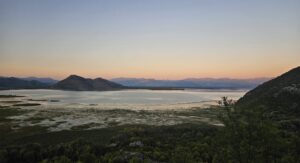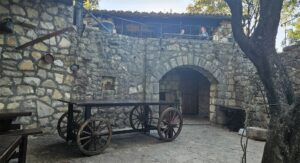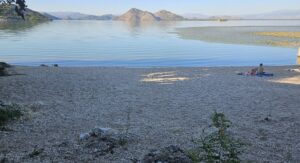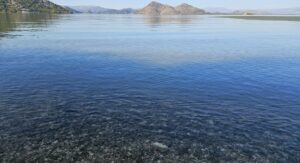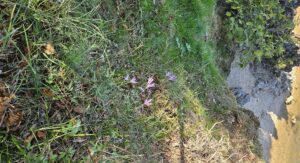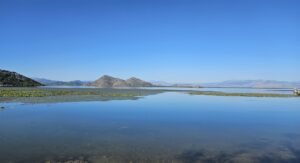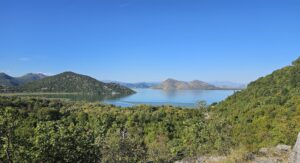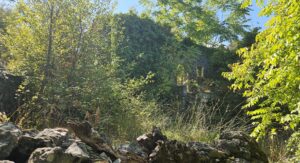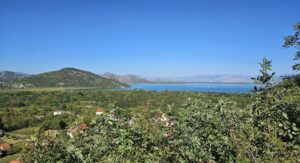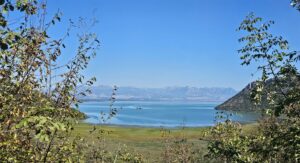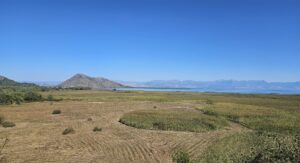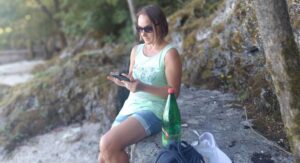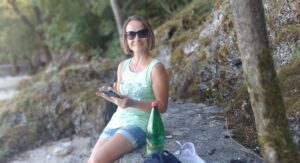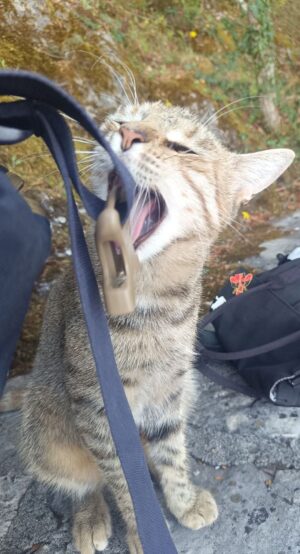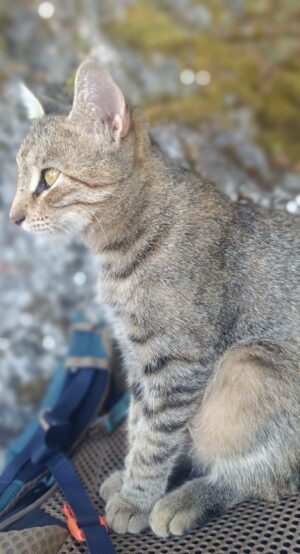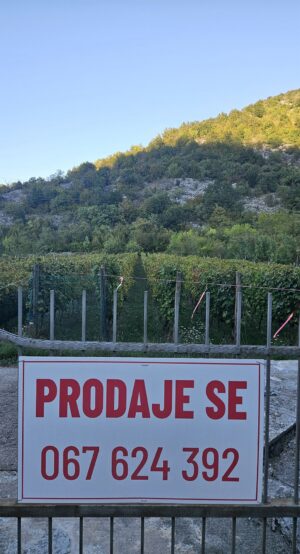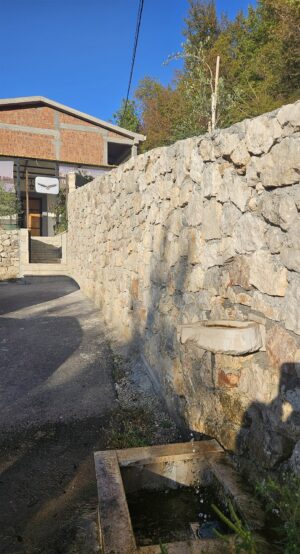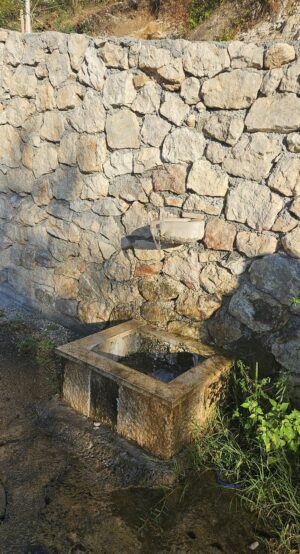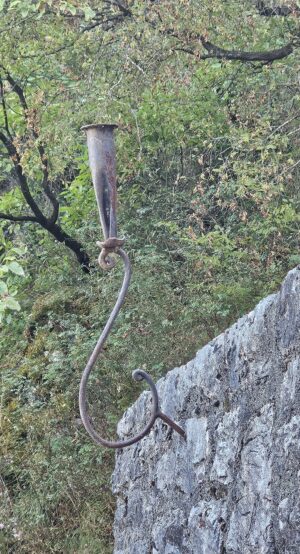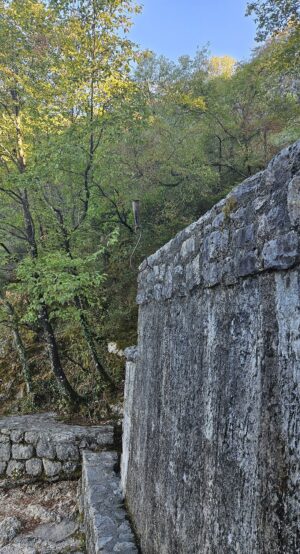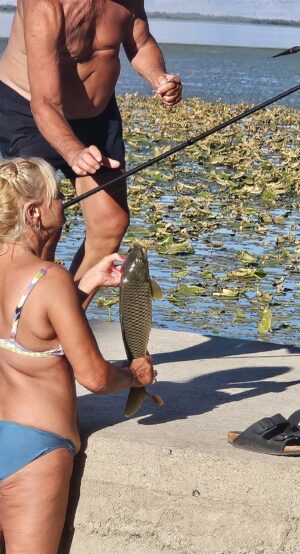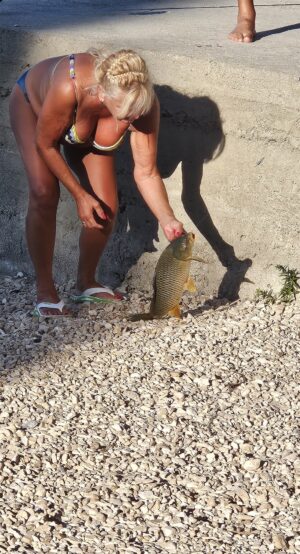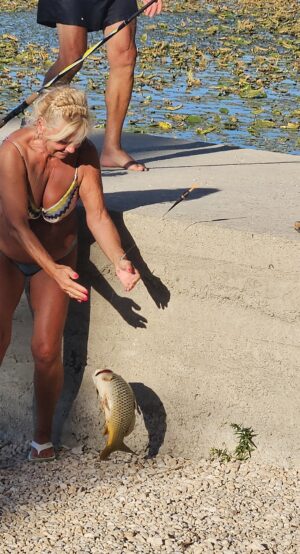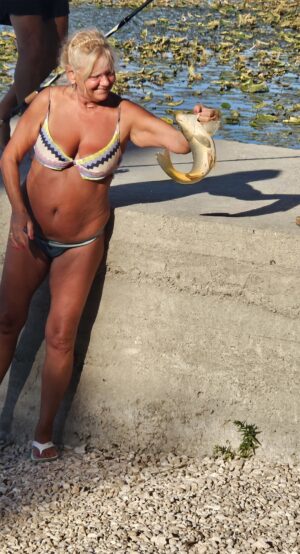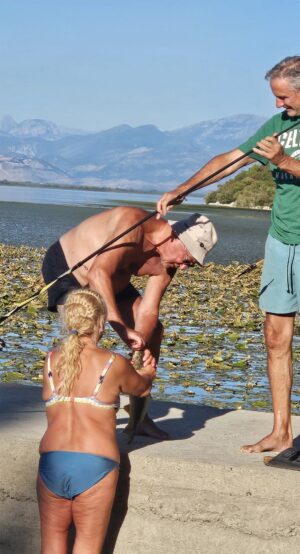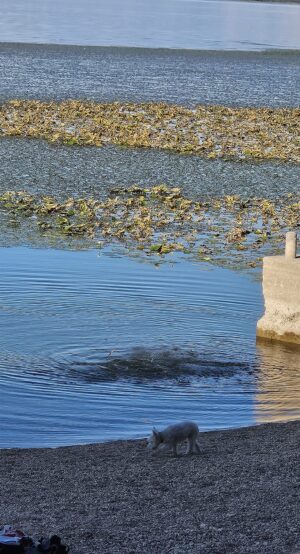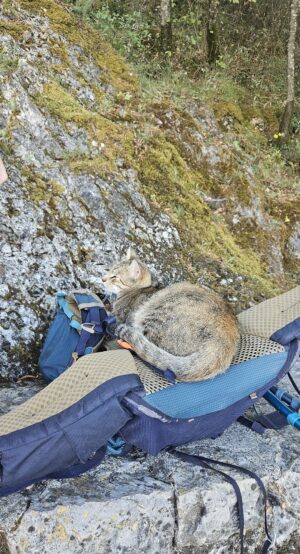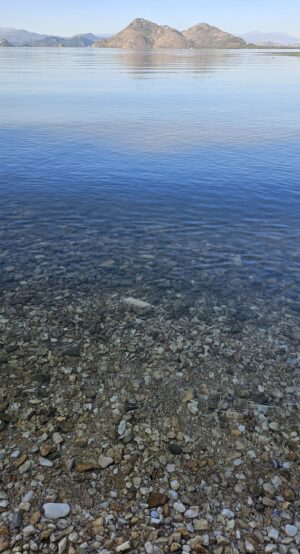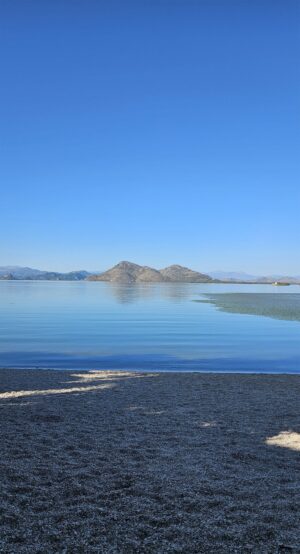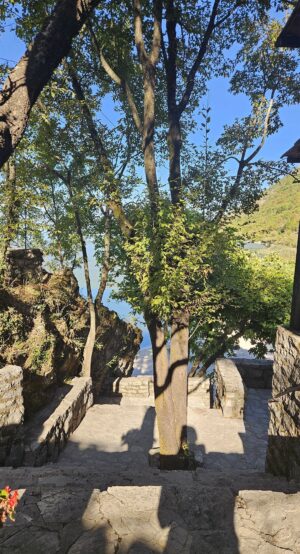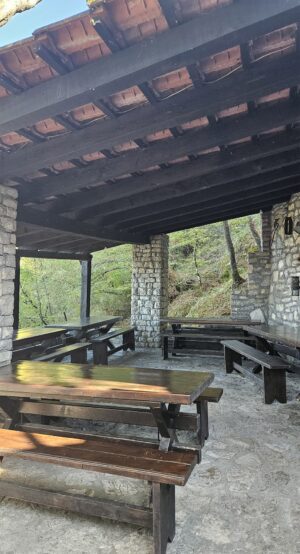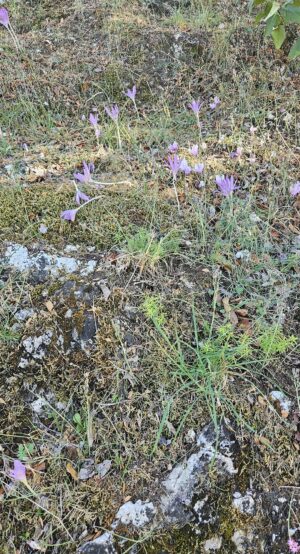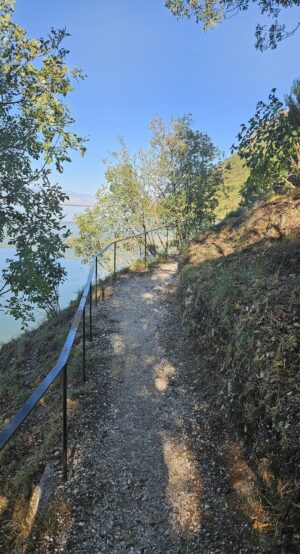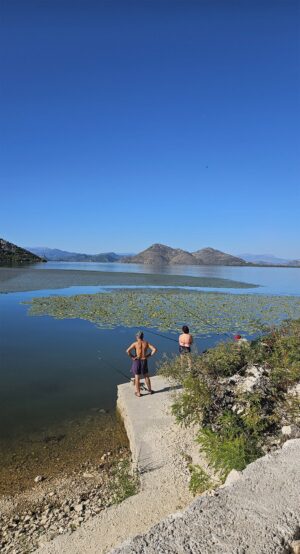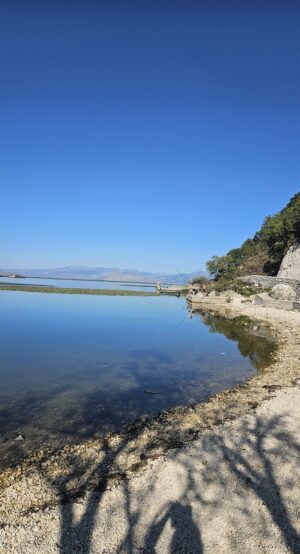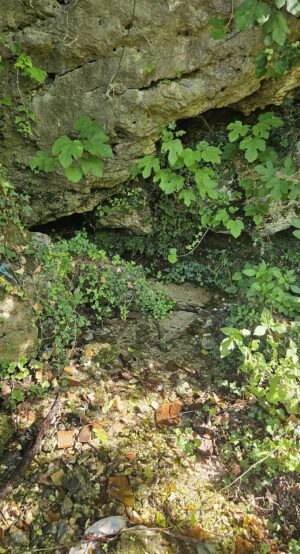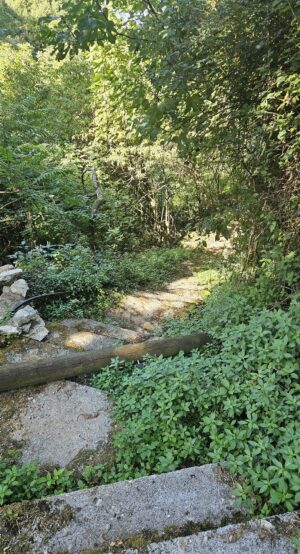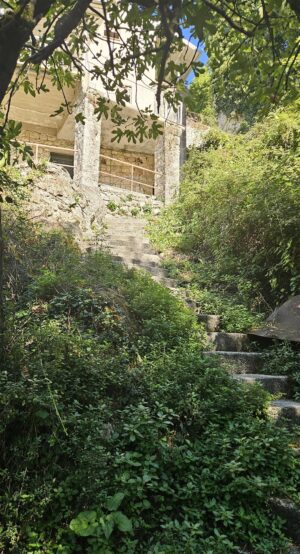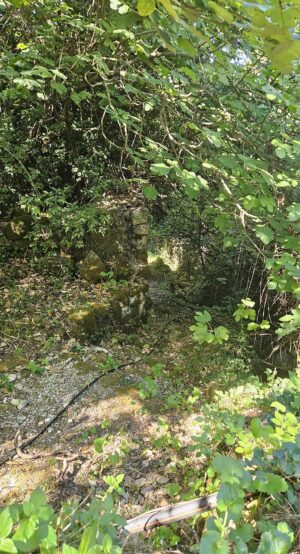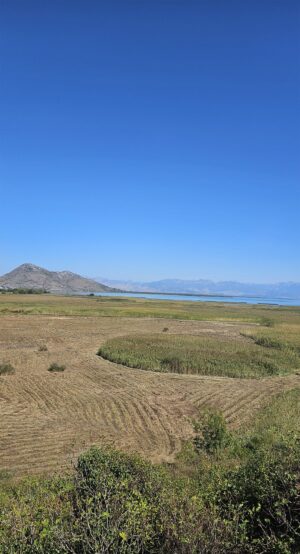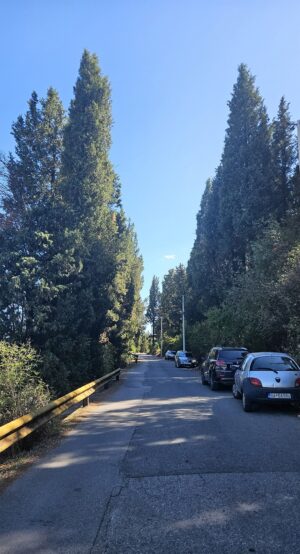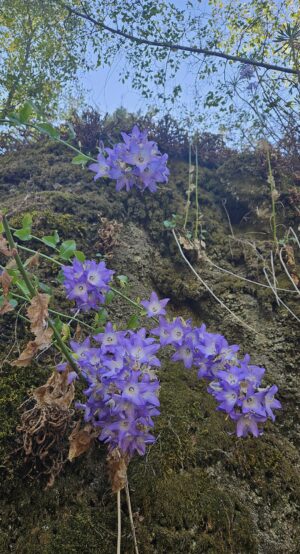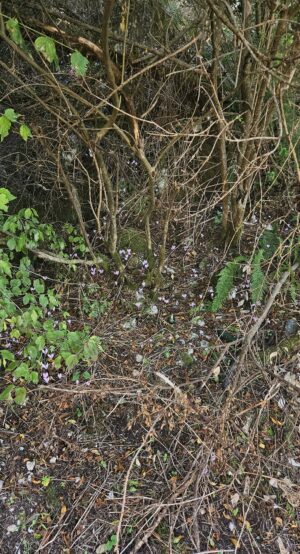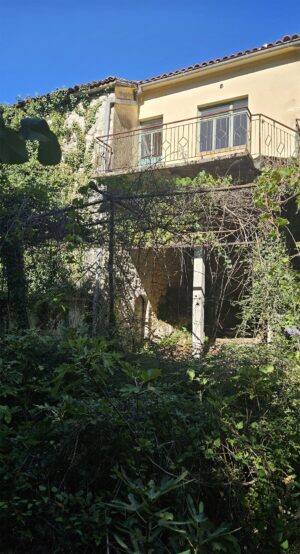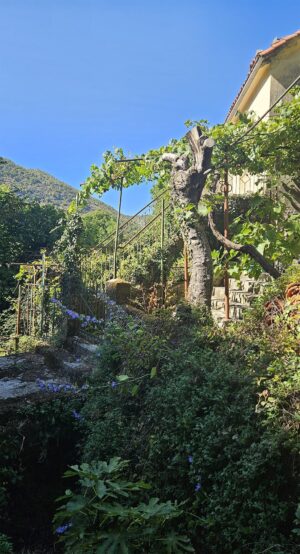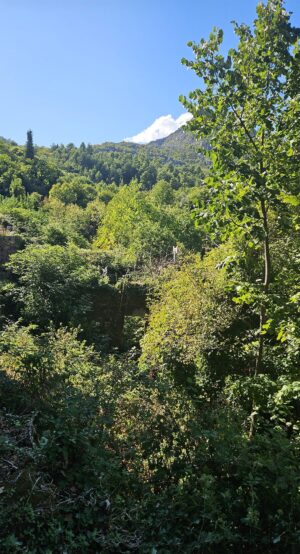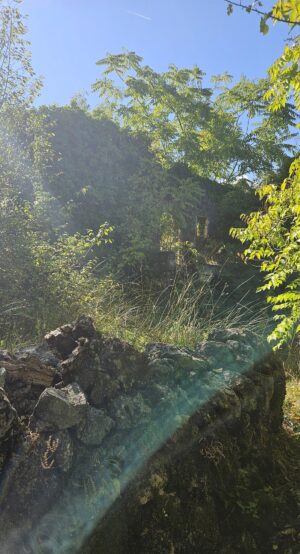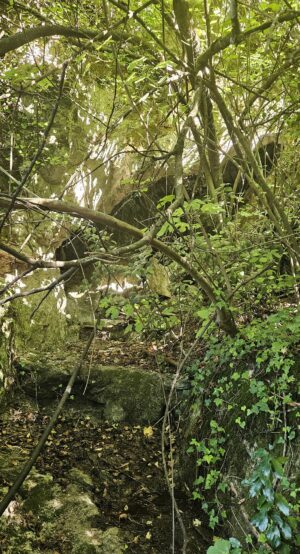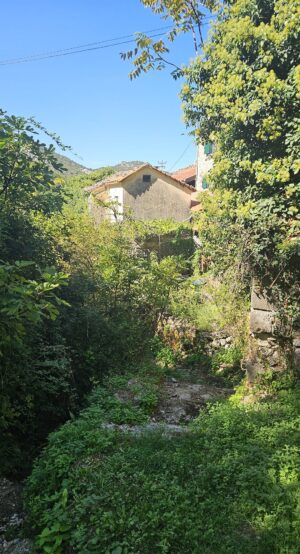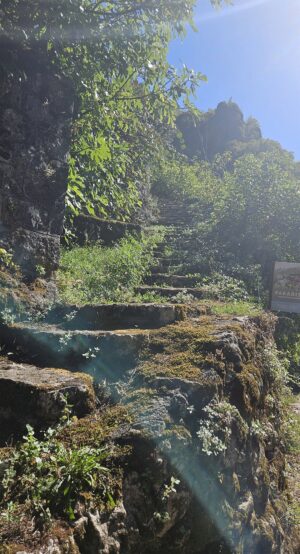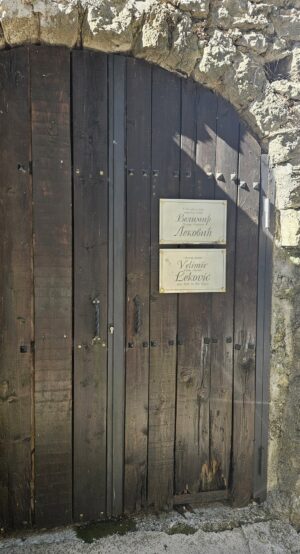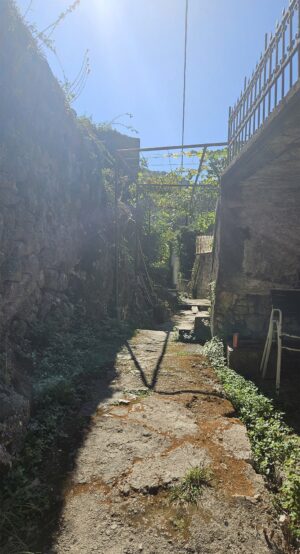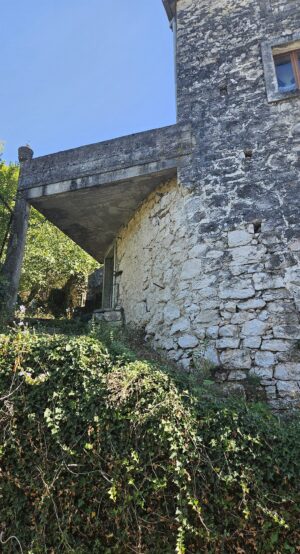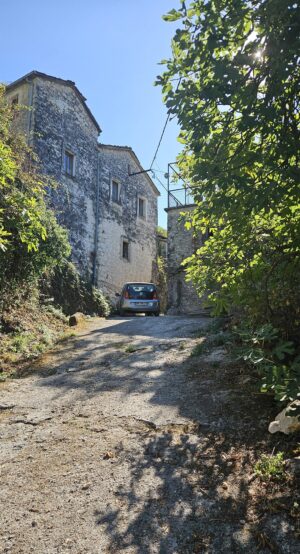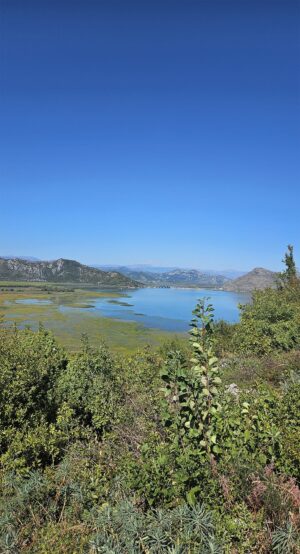Virpazar, Godinje, Skadar Lake, and Pješačac Beach: From the Origin of Their Names to Their Modern Meaning
Where is it and why is it important?
Virpazar and Godinje are neighboring settlements in the historic wine region of Crmnica on the northwestern shore of Lake Skadar in the municipality of Bar, Montenegro. Virpazar is the de facto “gateway” to Skadar Lake National Park and an access point for lake walks. It has a station on the Belgrade-Bar line and a convenient exit from the Bar-Podgorica highway, making it a prime starting point for lake excursions.
Origin of the Names
Virpazar. The name is composed of “vir” (whirlwind/pool; locally used for a place with a turbulent current and a confluence of streams) and “pazar” (market) (borrowed from Ottoman-Balkan trade vocabulary). The settlement stood at the confluence of the Crmnica and Orahovštica rivers and had long served as a trading post for the surrounding villages—hence the name “Vir Pazar.”
Godinje. The toponym has been known in written sources since the 14th–15th centuries; local traditions derive it either from the verb goditi (“to please,” “to please”—”a place where one feels good”), or link it to early ancestral settlements and ancient “čardaki” (little chards) and passages between houses. There is no unified scholarly etymology, but early written records and oral tradition confirm the name’s antiquity.
Crmnica. The regional name is traditionally associated with the reddish soils (variants on old maps include Cermenica and Črmnica), a fact that has also become entrenched in local historiography.
Lake Skadar. The lake, known by many names—Skadar/Scutari/Shkodër/Shkodra—is named after the Albanian city of Shkodër on its southeastern shore; it is of karst-tectonic origin and the largest in the Balkans.
Pješačac Beach. A laconically shaped sand and pebble beach on the lake, located “below” Godinje, within the national park. The etymology of the local name is not directly explored in sources; in tourist parlance, it has become established simply as the name of a cove/pavilion.
Historical Overview
Middle Ages and Ottoman Period. Vir was first mentioned in 1242; in 1478, after the fall of Donja Zeta, the Ottomans built the Besac Fortress over the village—one of the early strongholds on the lake. In the 17th and 18th centuries, the fortress passed to the Montenegrins; today it is a restored structure with an observation deck. In 1843, the Ottomans built another fortress on the islet of Grmožur near Godinje, later converted into a prison—the “Montenegrin Alcatraz.”
Traditions of Crmnica and Godinje. Godinje is the ancestral home of the Leković and Nikaći brotherhoods; the stone houses are connected by passages and tunnels, which are believed to have served defensive purposes. Crmnica has been known for its winemaking (vranac, krstač) since at least the early modern period; family wineries still operate today.
Modernization and the 20th Century. In the 19th and early 20th centuries, Virpazar received a post office, a highway to Bar, and, in 1908, a railway connection. During World War II, resistance was active in the area; a monument stands near the old bridge in Virpazar. The wreck of the steamship “Skenderbeg” (sunk in 1942) lies at the bottom of the lake near Karuč.
Nature Protection. The Montenegrin part of the lake was declared a national park in 1983; it was included on the List of Wetlands of International Importance (Ramsar) in 1995 (Montenegrin section). The Albanian side received Ramsar status in 2006.
Flora and Fauna
Hydrobotany and Landscapes. Skadar is a shallow (average depth ~5–6 m), seasonally “breathing” lake with floods: in summer, its area is approximately 370 km², and in winter, up to ~540 km². The shores are interspersed with reed and rush belts, willow thickets, and estuarine marshes; karst springs (oka) are characteristic.
Birds The lake is one of Europe’s most important ornithological reserves, home to approximately 270–281 bird species, including the Dalmatian pelican (Pelecanus crispus), the park’s symbol, and the pygmy cormorant (Microcarbo pygmaeus). The pelican colony has experienced declines, but recent censuses and conservation measures (floating platforms, disturbance restrictions) provide cautious optimism.
Fish and shellfish. The lake is rich in carp, with bleak near the water’s edge; eels and a number of endemic species are also present. According to summary studies and reviews, the basin contains over 50 fish species, several of which are endemic to the Ohrid-Skadar system. The endemism rate for shellfish is very high (over 30% of the basin’s snails are endemic). It is Montenegro’s primary freshwater fishery.
Modern Significance
Tourism and Accessibility Virpazar is a major tourist hub, offering boat trips, kayaking, wine tastings, and hiking trails, including to Besac Fortress. Transport accessibility has been enhanced by the railway and the Sozina Tunnel (connection to the coast and Podgorica). Popular water routes to the monastery islands and river estuaries extend from Virpazar.
Conservation Agenda. National Park and Ramsar status bring attention and investment, but the ecosystem is vulnerable: disturbance of bird colonies, poaching, invasive species, and seasonal recreational pressure are the main risks. A targeted monitoring program and artificial nesting platforms are in place for the Dalmatian pelican.
Winemaking and Gastronomy. Crmnica remains the “heart” of Montenegrin wine (vranac), and Godinje is known for its family.
The region’s rich wine cellars and table culture are an important part of its identity and its “slow” appeal to travelers.
Pješačac Beach
A small, secluded lagoon at the foot of Godinje within the national park. Several guidebooks list the beach as one of the best “freshwater swimming spots” on the lake; the infrastructure is deliberately minimalist so as not to disturb the natural environment.
Conclusion
The Virpazar-Godinje-Skadar Lake-Pješačac link is a rare example of a place where nature and tradition form a coherent cultural landscape: from fishing and winemaking villages above the water to pelican colonies in the reeds and clifftop fortresses. For Montenegro, it is simultaneously an environmental priority, a key tourist attraction, and a custodian of local memory.
We hiked along this wonderful route, past vineyards, orchards, and picturesque houses, along Lake Skadar, on September 21, 2025. This time, the Starlight group consisted of women, which added a special touch to our journey.

